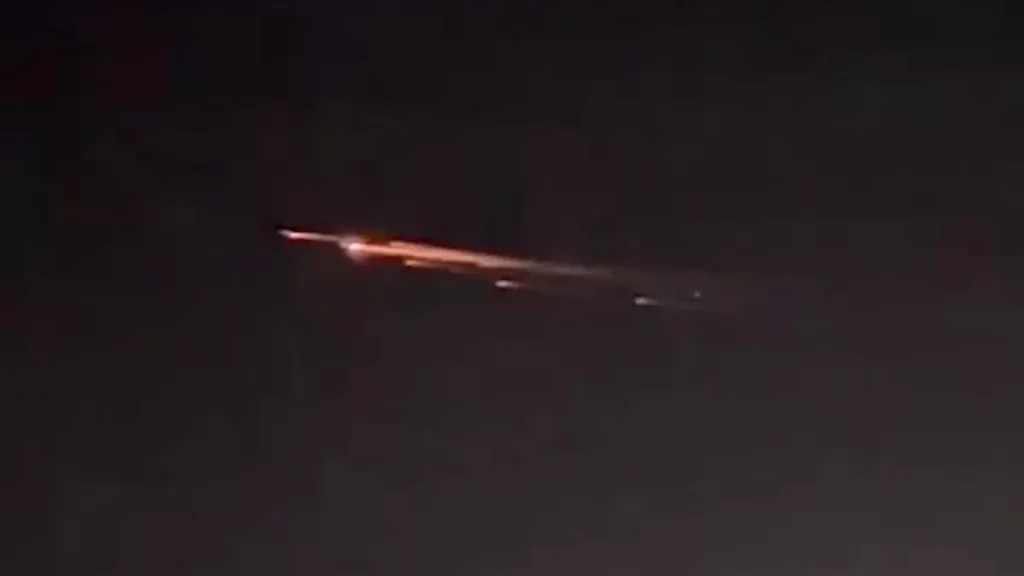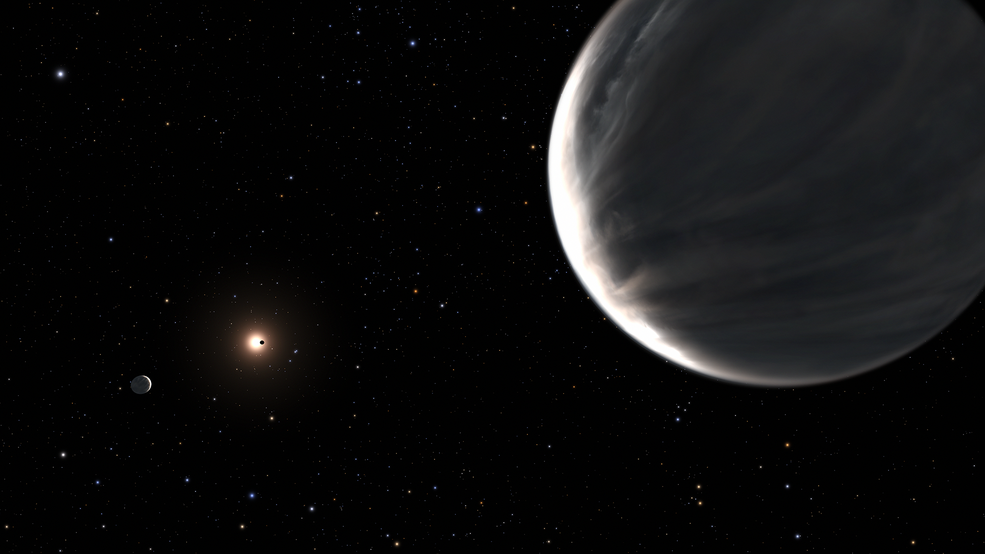A brilliant fireball lit up the night sky over some southern states in the United States this weekend, but that was no meteor. It was Chinese space junk.
The fireball, which streaked over parts of Missisippi, Arkansa and Missouri on Saturday night (Dec. 21), was the death knell of a defunct Chinese commercial Earth imaging satellite called Superview 1-02 (or GaoJing 1-02) as it burned up in Earth’s atmosphere. Video of the Chinese space junk burning up shows it as several streaks of objects flaring up in the night sky.
“The commercial imaging satellite 高景一号02星 (GaoJing 1-02, Superview 1-02), operated by Beijing-based SpaceView (北京航天世景信息技术有限公司) reentered above New Orleans at 0408 UTC Dec 22 (1008 pm CST Dec 21) heading northbound towards MS, AR, MO and was widely observed,” wrote Jonathan McDowell, an astrosphycist at the Harvard Smithsonian Center for Astrophysics who tracks satellite launches and reentries, in a post on X. He also shared the apparent track of the space debris.
The fireball was visible to stargazers across at least 12 states across the southern U.S., with the American Meteor Society receiving at least 120 reports from Texas to Florida, and as far north as Indiana and Illinois.
Christopher Rainer, a meteorologist with the National Weather Service in Jackson, Mississippi, told Channel 3 WLBT news that his agency received some reports of the fireball after 10 p.m. local time on Dec. 21. At the time, NWS officials believed it was a meteor breaking apart in the upper atmosphere that posed no danger to people on the ground, WLBT reported.
The Superview 1-02 satellite was one of two Superview 1 satellites launched into orbit in December 2016 for SpaceView by a Chinese Long March 2D rocket. (The other satellite was, perhaps unsurprisingly, called Superview 1-01.) The launch was not without its hiccups.
Instead of deploying the two satellites into a circular orbit about 330 miles (530 kilometers) above Earth, the satellites were placed into elliptical (or oval-shaped) orbits that ranked from 133 miles to 326 miles (214-524 km) above Earth, according to tracking data from the U.S. Air Force Joint Space Operations Center. Over time, the two satellites were able to gradually raise their orbits to begin their mission.
The SuperView 1 satellites were China’s first-ever commercial high-resolution Earth observations satellites. Each weighed about 1,235 pounds (560 kilograms) and carried cameras with a resolution of about 0.5 per pixel.
SpaceView launched a series of additional SuperView satellites in subsequent years to build up an Earth-imaging constellation of spacecraft.
Source: https://www.space.com/stargazing/see-a-dead-chinese-satellite-burn-up-as-a-brilliant-fireball-across-the-night-sky-video



